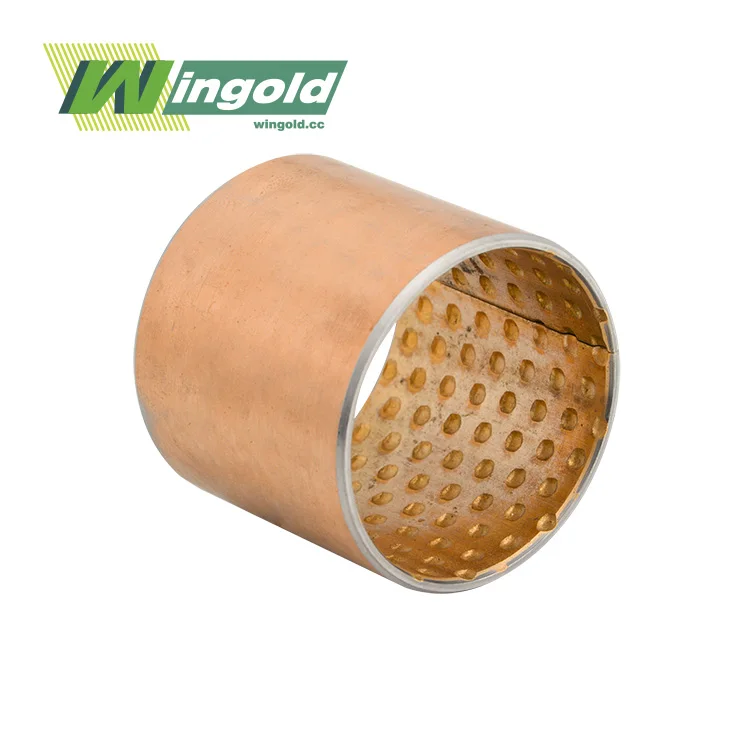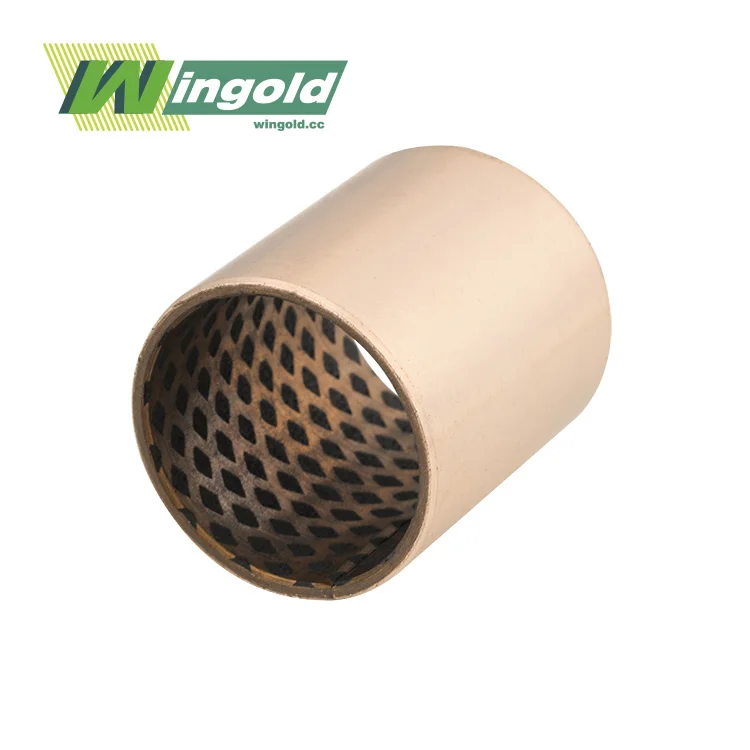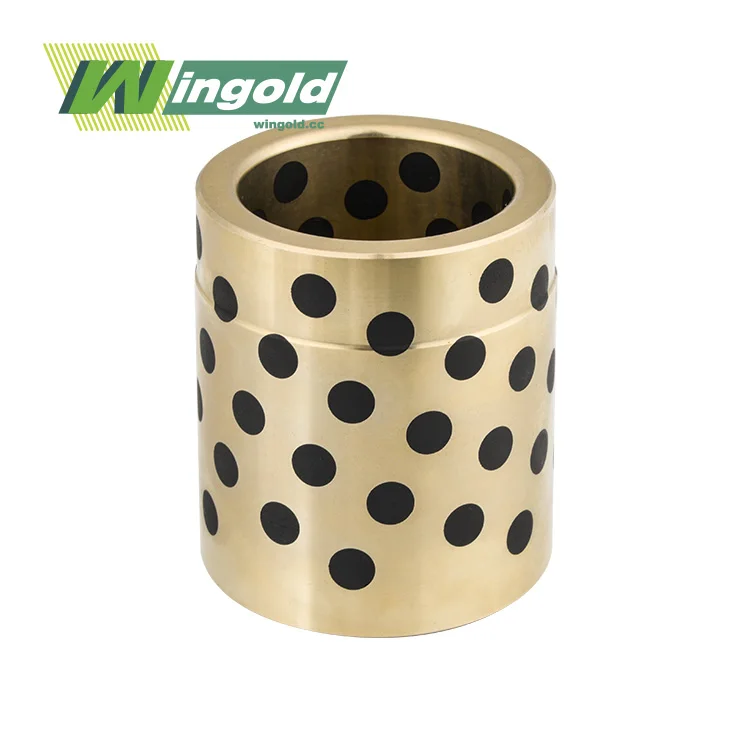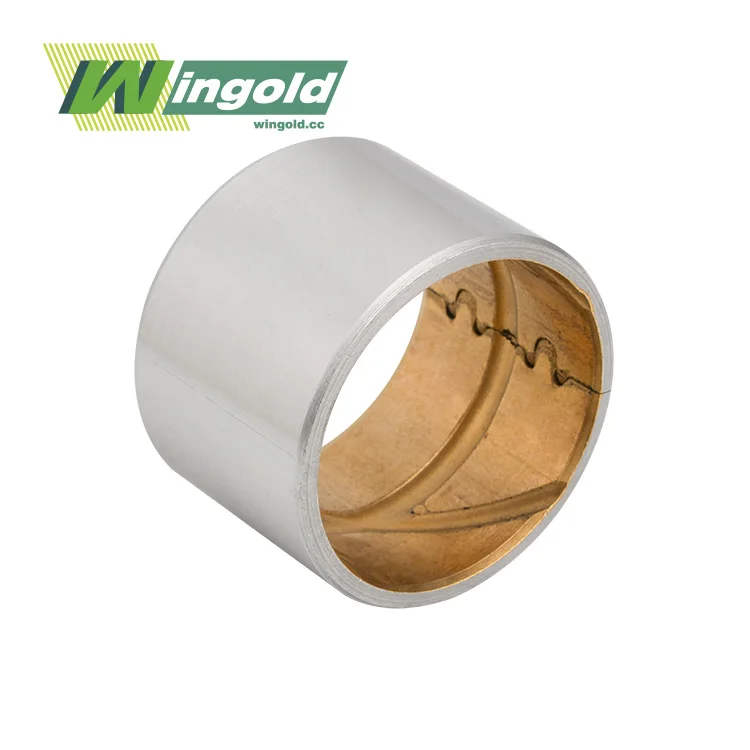- English
- French
- German
- Portuguese
- Spanish
- Russian
- Japanese
- Korean
- Arabic
- Greek
- German
- Turkish
- Italian
- Danish
- Romanian
- Indonesian
- Czech
- Afrikaans
- Swedish
- Polish
- Basque
- Catalan
- Esperanto
- Hindi
- Lao
- Albanian
- Amharic
- Armenian
- Azerbaijani
- Belarusian
- Bengali
- Bosnian
- Bulgarian
- Cebuano
- Chichewa
- Corsican
- Croatian
- Dutch
- Estonian
- Filipino
- Finnish
- Frisian
- Galician
- Georgian
- Gujarati
- Haitian
- Hausa
- Hawaiian
- Hebrew
- Hmong
- Hungarian
- Icelandic
- Igbo
- Javanese
- Kannada
- Kazakh
- Khmer
- Kurdish
- Kyrgyz
- Latin
- Latvian
- Lithuanian
- Luxembou..
- Macedonian
- Malagasy
- Malay
- Malayalam
- Maltese
- Maori
- Marathi
- Mongolian
- Burmese
- Nepali
- Norwegian
- Pashto
- Persian
- Punjabi
- Serbian
- Sesotho
- Sinhala
- Slovak
- Slovenian
- Somali
- Samoan
- Scots Gaelic
- Shona
- Sindhi
- Sundanese
- Swahili
- Tajik
- Tamil
- Telugu
- Thai
- Ukrainian
- Urdu
- Uzbek
- Vietnamese
- Welsh
- Xhosa
- Yiddish
- Yoruba
- Zulu
Why PTFE Composite Bushings Are Preferred in Chemical Industry Equipment?
PTFE composite bushings have emerged as the preferred choice for chemical industry equipment due to their exceptional combination of properties. These bushings offer unparalleled chemical resistance, low friction, and self-lubricating capabilities, making them ideal for the harsh environments found in chemical processing facilities. Their ability to withstand corrosive substances, high temperatures, and heavy loads while maintaining dimensional stability ensures reliable performance and extended equipment life. Moreover, the self-lubricating nature of PTFE composite bushings eliminates the need for external lubrication, reducing maintenance requirements and minimizing the risk of product contamination – crucial factors in the chemical industry where purity and safety are paramount.
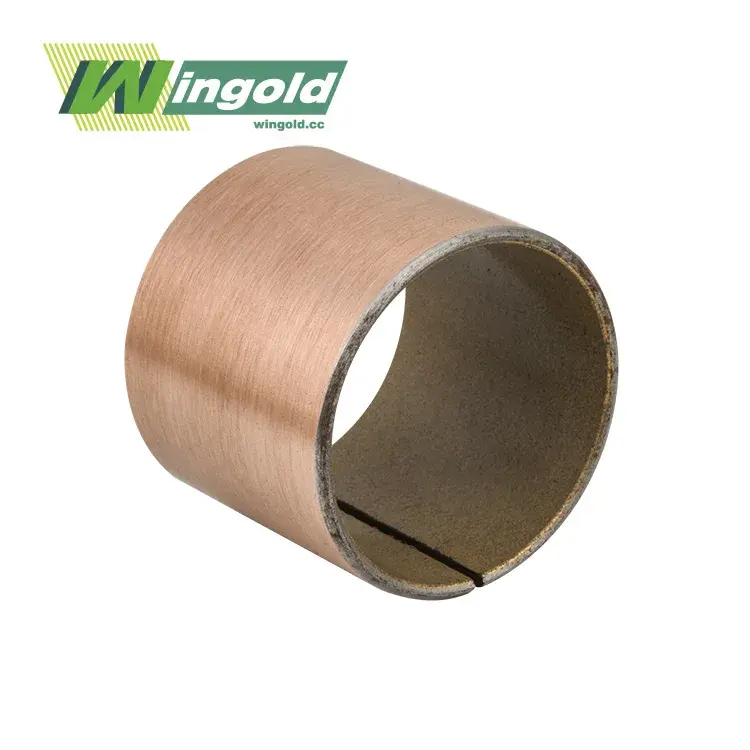
The Unique Composition and Properties of PTFE Composite Bushings
PTFE composite bushings are engineered to excel in demanding industrial applications, particularly in the chemical sector. These bushings feature a sophisticated structure that combines the low-friction properties of PTFE with the strength and durability of composite materials.
Material Composition
At the core of PTFE composite bushings lies a robust backing material, typically composed of fiberglass or carbon fiber-reinforced resins. This backing provides the necessary strength and dimensional stability to withstand heavy loads and maintain structural integrity. Bonded to this backing is a layer of PTFE, which serves as the sliding surface. This unique combination results in a bushing that offers the best of both worlds – the exceptional lubricity of PTFE and the mechanical strength of composite materials.
Chemical Resistance
One of the most valuable properties of PTFE composite bushings in the chemical industry is their outstanding chemical resistance. PTFE is renowned for its inertness, capable of withstanding exposure to a wide range of aggressive chemicals, acids, and solvents without degradation. This resistance ensures that the bushings maintain their performance characteristics even when exposed to corrosive substances commonly encountered in chemical processing equipment.
Low Friction and Wear
The PTFE layer in these composite bushings provides an exceptionally low coefficient of friction, typically ranging from 0.02 to 0.08. This low friction translates to reduced wear on mating surfaces, decreased energy consumption, and smoother operation of equipment. In the context of chemical industry machinery, this property is particularly beneficial as it minimizes the generation of heat and particulates that could potentially contaminate sensitive chemical processes.
Self-Lubricating Properties
PTFE composite bushings are inherently self-lubricating, eliminating the need for external lubrication. This characteristic is invaluable in chemical processing environments where the introduction of lubricants could compromise product purity or react with the chemicals being processed. The self-lubricating nature of these bushings ensures consistent performance over extended periods without the need for maintenance-related downtime.
Advantages of PTFE Composite Bushings in Chemical Industry Applications
The unique properties of PTFE composite bushings translate into several significant advantages when applied to chemical industry equipment. These benefits contribute to improved operational efficiency, reduced maintenance costs, and enhanced safety in chemical processing facilities.
Extended Equipment Lifespan
The combination of low friction, high wear resistance, and chemical inertness significantly extends the lifespan of both the bushings and the equipment they are installed in. This longevity reduces the frequency of replacements, minimizing downtime and lowering overall maintenance costs for chemical processing plants.
Improved Safety and Reliability
By eliminating the need for external lubrication, PTFE composite bushings reduce the risk of chemical contamination and the potential for dangerous reactions between lubricants and processed chemicals. This self-lubricating property also ensures consistent performance over time, enhancing the reliability of critical equipment in chemical manufacturing processes.
Corrosion Resistance
The chemical inertness of PTFE makes these composite bushings highly resistant to corrosion, even when exposed to aggressive chemicals and harsh cleaning agents commonly used in the industry. This resistance prevents degradation of the bushings and protects the equipment from corrosion-related failures.
Temperature Stability
PTFE composite bushings maintain their performance characteristics across a wide temperature range, typically from -200°C to +280°C. This temperature stability is crucial in chemical processes that involve extreme temperatures, ensuring reliable operation in both cryogenic and high-temperature applications.
Reduced Maintenance Requirements
The self-lubricating nature and long-lasting performance of PTFE composite bushings significantly reduce maintenance requirements. This reduction in maintenance not only lowers operational costs but also minimizes the need for personnel to interact with potentially hazardous chemical environments during maintenance procedures.
Specific Applications of PTFE Composite Bushings in Chemical Industry Equipment
PTFE composite bushings find widespread use across various equipment and processes in the chemical industry, contributing to improved efficiency and reliability in numerous applications.
Pumps and Valves
In chemical processing pumps and valves, PTFE composite bushings serve as ideal components for shaft supports and valve stems. Their chemical resistance and self-lubricating properties ensure smooth operation and long-lasting performance, even when handling corrosive fluids or abrasive slurries.
Mixers and Agitators
The low friction and wear resistance of PTFE composite bushings make them excellent choices for use in industrial mixers and agitators. These bushings can withstand the high loads and continuous operation typical in mixing processes while resisting chemical attack from the substances being mixed.
Filtration Equipment
In filtration systems used for chemical separation processes, PTFE composite bushings are employed in pivot points and sliding mechanisms. Their self-lubricating nature prevents contamination of the filtered products, while their chemical resistance ensures longevity in harsh environments.
Heat Exchangers
PTFE composite bushings find application in the support mechanisms of heat exchangers, where their temperature stability and chemical resistance are particularly valuable. These bushings can maintain their performance in the presence of both high temperatures and corrosive fluids commonly encountered in heat exchange processes.
Conveyor Systems
In chemical plant conveyor systems, PTFE composite bushings are used in rollers and pivot points. Their low friction properties reduce energy consumption and wear, while their chemical resistance protects against degradation from spills or vapors in the environment.
Conclusion
PTFE composite bushings have revolutionized equipment design and maintenance in the chemical industry. Their unique combination of properties – including chemical resistance, low friction, self-lubrication, and durability – makes them indispensable components in a wide range of chemical processing equipment. By enhancing equipment reliability, reducing maintenance requirements, and improving operational safety, these bushings contribute significantly to the efficiency and productivity of chemical manufacturing processes.
As the industry continues to evolve, the role of PTFE composite bushings in enabling advanced, high-performance chemical processing equipment is likely to grow even further. For more information on how PTFE composite bushings can benefit your specific chemical industry applications, please contact us at info@wingold.cc.
FAQ
What makes PTFE composite bushings superior to traditional metal bushings in chemical applications?
PTFE composite bushings offer superior chemical resistance, self-lubrication, and lower friction compared to metal bushings, making them ideal for corrosive environments.
Can PTFE composite bushings withstand high temperatures in chemical processes?
Yes, these bushings typically maintain their performance in temperatures ranging from -200°C to +280°C, making them suitable for various chemical processes.
How do PTFE composite bushings contribute to equipment longevity?
Their low friction, wear resistance, and chemical inertness reduce wear on equipment components, extending the overall lifespan of the machinery.
Are PTFE composite bushings suitable for use in food-grade chemical processing?
Yes, due to their non-contaminating and self-lubricating properties, they are often used in food-grade chemical processing equipment.
References
1. Johnson, R. T. (2019). Advanced Materials in Chemical Processing Equipment. Journal of Chemical Engineering, 45(3), 287-301.
2. Smith, A. L., & Brown, C. D. (2020). PTFE Composites: Properties and Applications in Corrosive Environments. Industrial Chemistry Review, 32(2), 145-160.
3. Chen, X., & Liu, Y. (2018). Self-Lubricating Materials for Harsh Chemical Environments. Materials Science and Engineering, 56(4), 412-428.
4. Thompson, E. R. (2021). Innovations in Bearing Technology for Chemical Processing Industries. Chemical Engineering Progress, 117(8), 35-42.
5. Patel, M. K., & Desai, R. V. (2022). Performance Analysis of PTFE Composite Bushings in Aggressive Chemical Applications. Tribology International, 166, 107332.
Learn about our latest products and discounts through SMS or email
